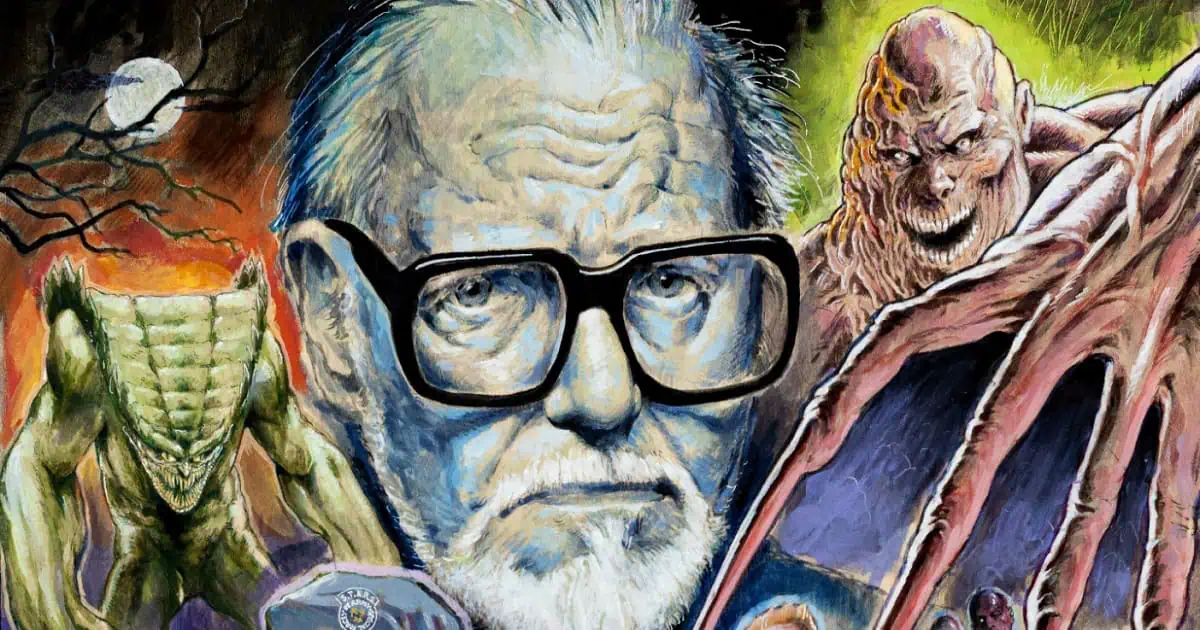Uncork’d Entertainment is set to unveil George A. Romero’s Resident Evil, an investigative documentary that delves into one of Hollywood’s most fascinating “what could have been” stories.
Directed by Brandon Salisbury, this eagerly awaited film will be available for Digital and On-Demand viewing starting January 7, 2025.
In 1998, Constantin Film sought to adapt the iconic horror video game Resident Evil for the big screen. They enlisted George A. Romero, the legendary filmmaker who revolutionized the zombie genre, to helm the project.
Despite the seemingly perfect collaboration between two horror titans, Romero’s vision for Resident Evil never came to fruition
. For the first time, Salisbury’s documentary reveals the untold story behind this ambitious but ultimately unrealized venture that has captivated fans and the horror community for decades.
“George Romero gave birth to modern horror, the modern zombie, and ultimately Resident Evil,” says Salisbury.

“I am honored to bring fans the untold story of his most important unmade project, to celebrate the legacy of the man that inspired me to pursue filmmaking as a career. I hope fans enjoy this ultimate experience in survival horror.”
George A. Romero’s Resident Evil offers an immersive and stylized exploration of the filmmaker’s ambitious vision. The documentary integrates archival footage, newly discovered documents, and fresh interviews with key figures to craft a vivid narrative.
Drawing inspiration from acclaimed documentaries like Jodorowsky’s Dune, Salisbury revisits the creative minds and ideas behind this unproduced adaptation.
Through candid conversations with industry insiders, the film sheds light on the enduring mystery and innovative spirit that could have transformed the franchise’s Hollywood journey.
“Uncork’d is honored to bring George A. Romero’s Resident Evil to fans who have long awaited the untold story behind this legendary, unmade project,” says Keith Leopard, President of Uncork’d Entertainment.
“This documentary pays homage to Romero’s incredible vision and the power of storytelling that transcends what could have been. We’re excited for audiences to finally experience the mystery and legacy of his work in a whole new way.”
